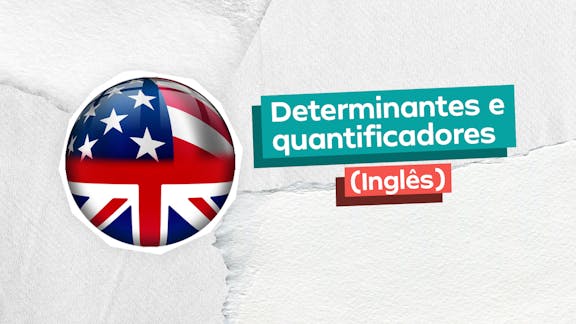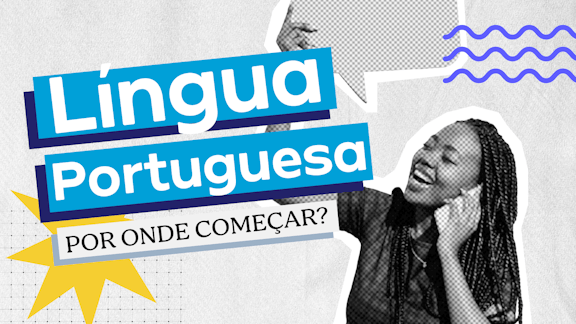Segundo o texto, como resultado parcial da pesquisa,
observouse que
A study carried out by Lauren Sherman of the University of California and her colleagues investigated how use of the “like” button in social media affects the brains of teenagers lying in body scanners.
Thirty-two teens who had Instagram accounts were asked to lie down in a functional magnetic resonance imaging (fMRI) scanner. This let Dr. Sherman monitor their brain activity while they were perusing both their own Instagram photos and photos that they were told had been added by other teenagers in the experiment. In reality, Dr. Sherman had collected all the other photos, which included neutral images of food and friends as well as many depicting risky behaviours like drinking, smoking and drug use, from other peoples’ Instagram accounts. The researchers told participants they were viewing photographs that 50 other teenagers had already seen and endorsed with a “like” in the laboratory.
The participants were more likely themselves to “like” photos already depicted as having been “liked” a lot than they were photos depicted with fewer previous “likes”. When she looked at the fMRI results, Dr. Sherman found that activity in the nucleus accumbens, a hub of reward circuitry in the brain, increased with the number of “likes” that a photo had.
The Economist, June 13, 2016. Adaptado.
A study carried out by Lauren Sherman of the University of California and her colleagues investigated how use of the “like” button in social media affects the brains of teenagers lying in body scanners.
Thirty-two teens who had Instagram accounts were asked to lie down in a functional magnetic resonance imaging (fMRI) scanner. This let Dr. Sherman monitor their brain activity while they were perusing both their own Instagram photos and photos that they were told had been added by other teenagers in the experiment. In reality, Dr. Sherman had collected all the other photos, which included neutral images of food and friends as well as many depicting risky behaviours like drinking, smoking and drug use, from other peoples’ Instagram accounts. The researchers told participants they were viewing photographs that 50 other teenagers had already seen and endorsed with a “like” in the laboratory.
The participants were more likely themselves to “like” photos already depicted as having been “liked” a lot than they were photos depicted with fewer previous “likes”. When she looked at the fMRI results, Dr. Sherman found that activity in the nucleus accumbens, a hub of reward circuitry in the brain, increased with the number of “likes” that a photo had.
The Economist, June 13, 2016. Adaptado.
Gabarito comentado
Resposta correta: alternativa B
Tema central: interpretação de texto — identificar informação explícita no texto. Aqui é preciso reconhecer o resultado observado pelos pesquisadores sobre o comportamento dos adolescentes diante de fotos com diferentes números de "likes".
Resumo teórico rápido: o texto relata um experimento com adolescentes em scanners fMRI. Dois achados são citados de forma direta: (1) os participantes eram mais propensos a “curtir” fotos que já tinham muitas “likes”; (2) a atividade do nucleus accumbens (região de recompensa) aumentava conforme o número de “likes”. Esses são enunciados factuais do texto — busque sempre informações explicitamente declaradas.
Justificativa da alternativa B: o enunciado descreve literalmente que “The participants were more likely themselves to ‘like’ photos already depicted as having been ‘liked’ a lot”. A alternativa B é a reformulação direta dessa frase: os participantes mostraram tendência a curtir imagens que já haviam recebido um número considerável de curtidas. Logo, B corresponde exatamente ao achado observado.
Análise das alternativas incorretas:
A: Afirma que fotos neutras provocaram menor impacto que as de comportamento perigoso — o texto apenas informa que havia ambos os tipos de imagem, mas não afirma comparação de impacto entre eles. Não há suporte textual.
C: Diz que adolescentes ficaram desconfortáveis ao avaliar fotos próprias — não há nenhuma menção a desconforto ou reação específica às próprias fotos no texto. É uma inferência não suportada.
D: Alega limitação metodológica por foco exclusivo na Instagram — o texto não discute limitações ou generalização; apenas descreve o procedimento. Essa crítica não foi apresentada como resultado.
E: Afirma que a metodologia confirmou conclusões de estudos anteriores — o texto não faz comparação com estudos anteriores nem afirma confirmação; registra resultados do experimento isoladamente.
Estratégias de interpretação úteis para provas: procure por frases que descrevem diretamente resultados (verbos no passado como “were more likely”, “increased”); elimine alternativas que extrapolam, adicionam juízos (desconforto, limitações, confirmações) ou que não têm suporte textual; prefira respostas que reformulam literalmente o que está no parágrafo de resultados.
Fontes e leitura complementar: artigo adaptado em The Economist (13 Jun 2016) e literatura sobre social proof (Cialdini) e circuitos de recompensa (nucleus accumbens) para entender o contexto científico.
Gostou do comentário? Deixe sua avaliação aqui embaixo!






